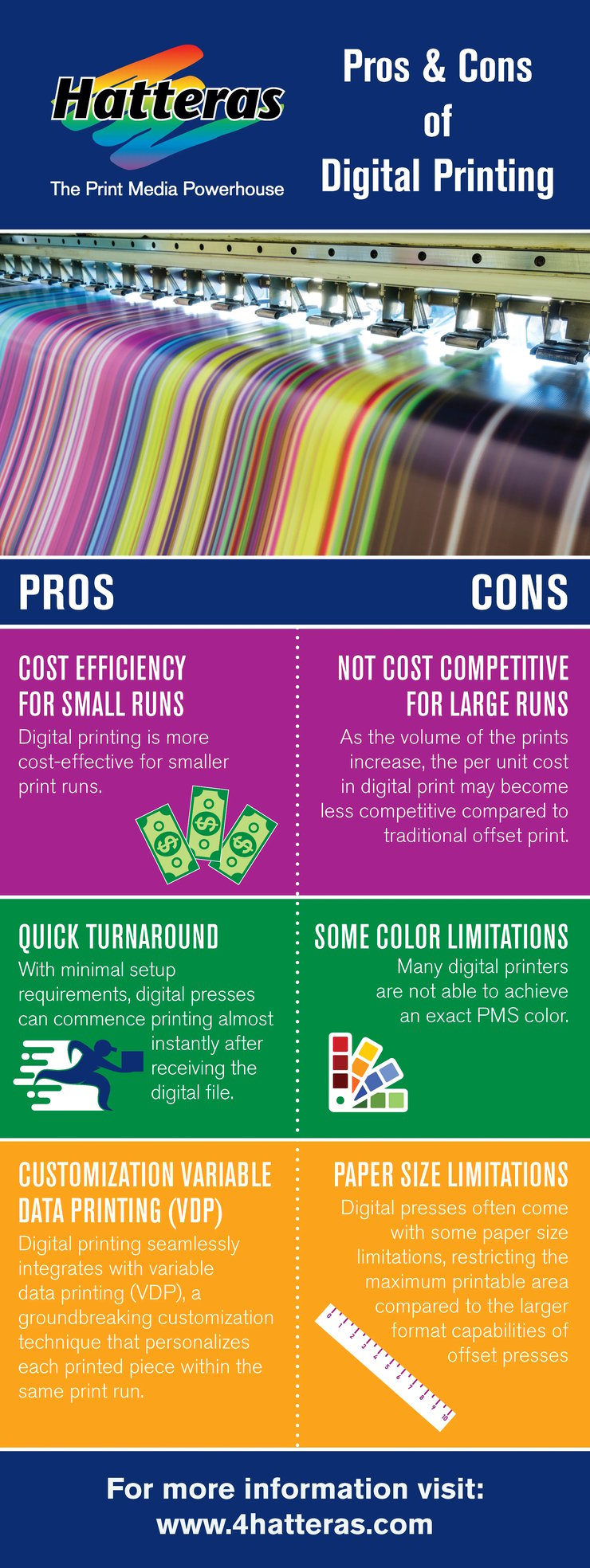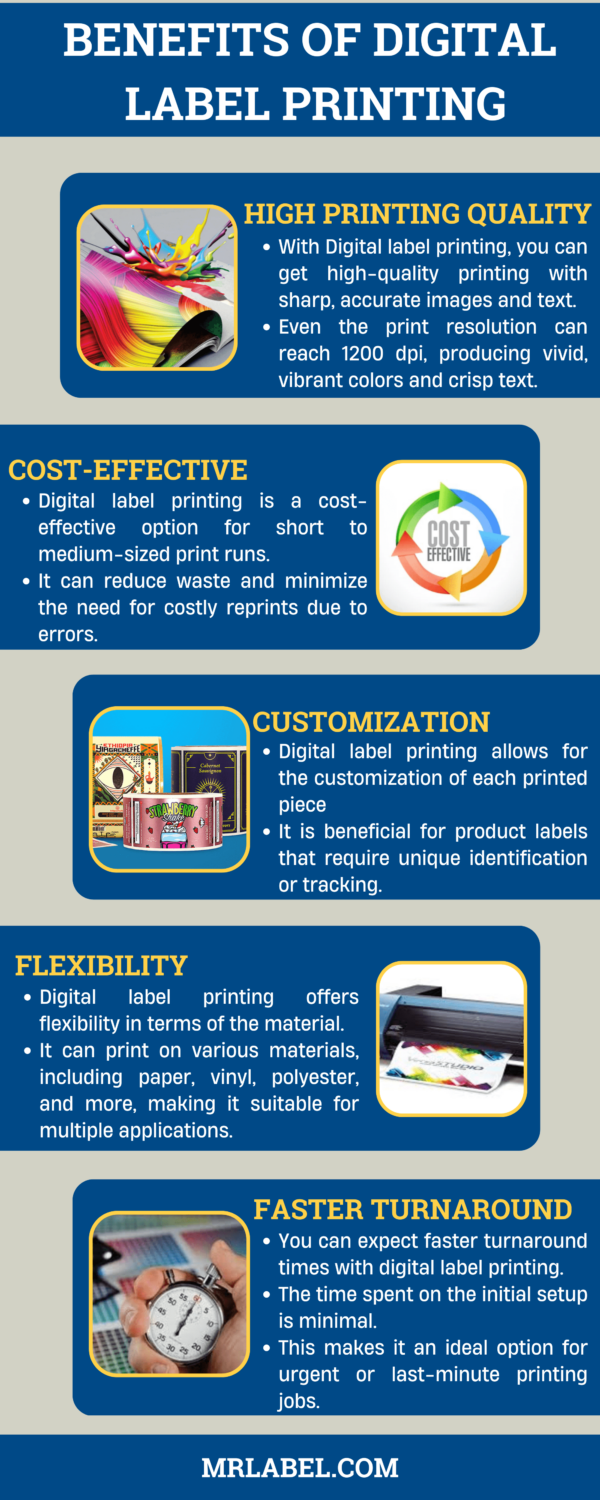3 Simple Techniques For Digital Printing
3 Simple Techniques For Digital Printing
Blog Article
How Digital Printing can Save You Time, Stress, and Money.
Table of ContentsThe Facts About Digital Printing UncoveredA Biased View of Digital PrintingIndicators on Digital Printing You Should KnowNot known Facts About Digital PrintingTop Guidelines Of Digital PrintingThe smart Trick of Digital Printing That Nobody is Discussing
Variable data printing, such as direct mail with individualized codes and addresses, is preferably suited for electronic printing. Digital fast printing just needs four steps of design, evaluation, printing and binding to get whatever done. Digital quick printing has an unparalleled benefit: print on demand.According to PMMI, digital printing enables brand names and manufacturers to respond quickly to consumer needs while boosting the supply chain, decreasing warehousing price and waste, and appreciating faster time to market. That all audios wonderful, yet exactly how does this technology do all that? The major differentiator of these modern technologies is that there are no set up costs and no plates with electronic printing.
The Buzz on Digital Printing
According to Wikipedia, the best distinction between electronic printing and conventional methods such as lithography, flexography, gravure, or letterpress - Digital Printing is that there is no need to replace printing plates in electronic printing, whereas in these analog printing approaches the plates are repeatedly replaced. This leads to quicker turn-around time and lowers expense when utilizing digital printing.
Digital printing is extremely flexible, so it's simple to make adjustments to the package design swiftly. It all goes back to the plates.
A lot more supply can suggest even more waste in the future. With conventional printing methods, short-run printing is simply not possible. Because a terrific style can make or break your product, electronic printing continually develops top notch, clear and vibrant graphics each time. Digital printing on flexible pouches adds the brilliant, dynamic, and exact graphics that practically bid consumers to get to out and touch them.
Digital printing is the process of printing digital-based pictures directly onto a range of media substrates. There is no requirement for a printing plate, unlike with balanced out printing. Digital files such as PDFs or desktop computer publishing documents can be sent straight to the digital printing machine to print on paper, image paper, canvas, textile, synthetics, cardstock and various other substrates.
Rumored Buzz on Digital Printing
According to PMMI, digital printing enables brands and suppliers to respond quickly to customer needs while boosting the supply chain, decreasing warehousing expense and waste, and appreciating faster time to market. That all noises excellent, however exactly how does this technology do all that? The significant differentiator of these innovations is that there are no set-up costs and no plates with electronic printing.
According to Wikipedia, the best difference between electronic printing and conventional techniques such as lithography, flexography, gravure, or letterpress is that there is no need to change printing plates in electronic printing, whereas in these analog printing approaches home plates are consistently replaced. look at this web-site This leads to quicker turnaround time and lowers price when utilizing electronic printing.

The Ultimate Guide To Digital Printing
With traditional printing methods, short-run printing is just not possible. Because an excellent layout can make or damage your product, digital printing constantly produces premium, clear and vivid graphics each time.

According to PMMI, digital printing enables brand names and suppliers to respond swiftly to client demands while improving the supply chain, reducing warehousing expense and waste, and delighting in faster time to market. That all noises terrific, but just how does this modern technology do all that? The significant differentiator of these innovations is that there are no set-up charges and no plates with digital printing.
Some Known Details About Digital Printing
According to Wikipedia, the biggest distinction between electronic printing and index traditional approaches such as lithography, flexography, gravure, or letterpress is that there is no demand to replace printing plates in digital printing, whereas in these analog printing techniques the plates are continuously replaced. This results in quicker turnaround time and reduces cost when utilizing electronic printing.
Rapid manufacturing suggests obtaining your item to market much faster. It also indicates it's less complicated and faster to make changes later, when you transform a dish, include a SKU, or create seasonal packaging. Digital printing is extremely flexible, so it's simple to make modifications to the package design swiftly. Everything returns to the plates.

9 Easy Facts About Digital Printing Described
Digital printing is the procedure of printing digital-based images directly onto a variety of media substratums. There is no requirement for a printing plate, unlike with countered printing. Digital data such as PDFs or desktop posting files can be sent out directly to the digital printing press to print theoretically, picture paper, canvas, fabric, synthetics, cardstock and other substratums.
Report this page